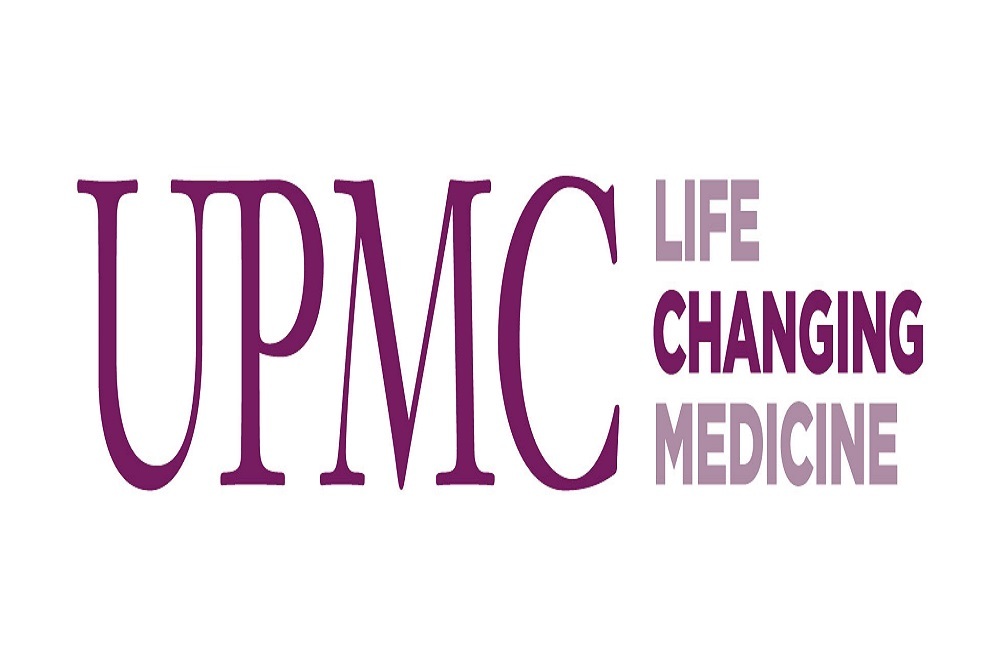
University of Pittsburg Medical Center issued the following announcement on June 18.
More than 90 percent of people diagnosed with lung cancer do not survive the disease, in part because it is often found at an advanced stage. Now, new technology available only at UPMC Hamot, can diagnose lung cancer earlier.
The Auris Health’s Monarch™ Platform, a new robotic system, allows specialists to use a minimally invasive endoscope to see inside the lungs, obtain a tissue sample for biopsy and enable earlier, more accurate diagnosis of small and hard-to-reach nodules in the periphery of the lung.
The technology integrates the latest advancements in robotics, software, data science and endoscopy, or the use of small cameras and tools to enter the body through its natural openings. UPMC Hamot is the first hospital in the United States to utilize the commercially available platform, which was just approved by the U.S. Food and Drug Administration.
“Lung cancer is the leading cause of cancer deaths worldwide, in part because it has no symptoms in its early stages. This system holds potential to help us make a diagnosis earlier by providing improved reach, vision and control for bronchoscopic procedures,” said Stephen Kovacs, D.O., co-director, UPMC Hamot Comprehensive Lung Center. “Earlier diagnosis with this least invasive approach aims to increase chances of survival and reduce unnecessary invasive diagnostic procedures.”
There are a variety of diagnostic options currently available for lung cancer, but all have limitations in accuracy, safety or invasiveness. These limitations can lead to false positives, false negatives, or side effects such as pneumothorax (collapsed lung) and hemorrhage, which may increase health care costs and extend hospital stays.
Kovacs said that the device uses a familiar controller-like interface that is used to navigate the flexible robotic endoscope to the periphery of the lung. “Combining traditional endoscopic views into the lung with computer-assisted navigation, the robot provides us with continuous bronchoscope vision throughout the entire procedure.”
“We are excited to use this technology to offer a more hopeful future for our patients with lung cancer,” said David Gibbons, UPMC Hamot president. “This is another example of UPMC Hamot leading the way with the most innovative technology that the health care industry offers, and we are proud to welcome physicians from all over the country as they observe and receive training from Dr. Kovacs and his team.”
Gibbons noted that the technology investment was made possible through the Rose K. Curtze Fund at Hamot Health Foundation.
Original source can be found here.